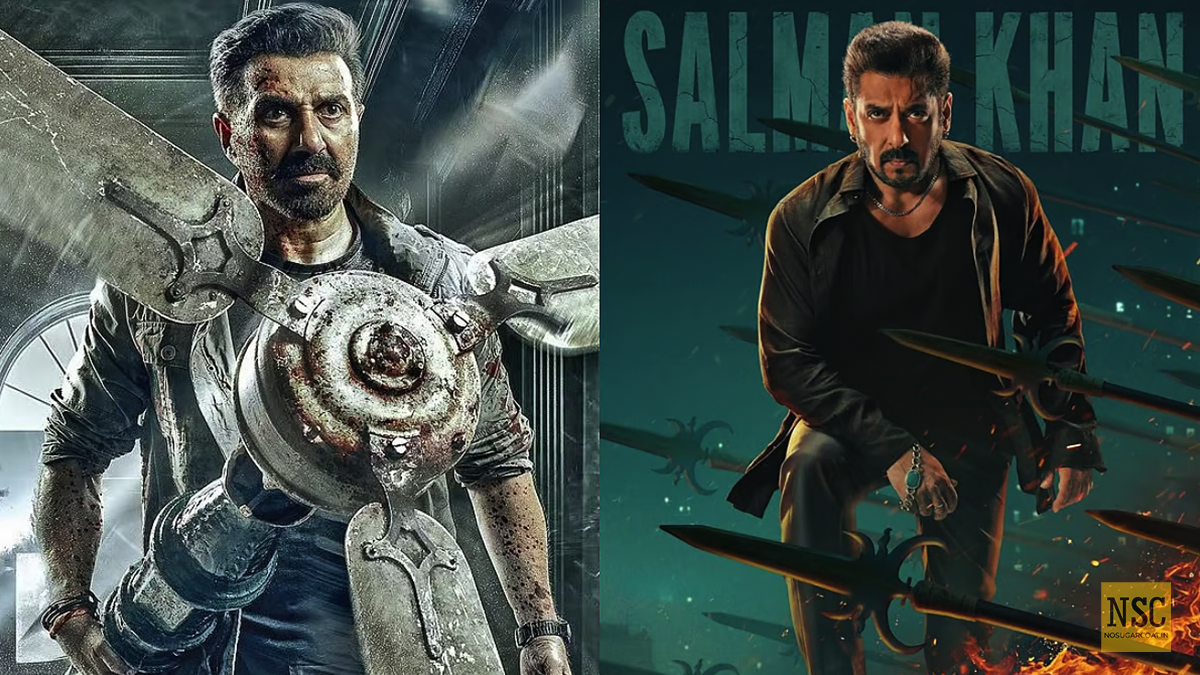An emotionally charged journey through a retro-futuristic wasteland, “The Electric State” is more than a sci-fi movie—it’s a poignant reflection on memory, loss, and what it means to be human in an increasingly digital world.
Introduction: What Is The Electric State About?
In a decaying, alternate 1990s America, where tech has spiraled out of control, a teenage girl named Michelle (played by Millie Bobby Brown) sets off on a journey across a broken landscape with a yellow, egg-shaped robot. Her mission: find her missing brother, whose disappearance is tied to a now-defunct virtual reality network called The Stream.
Directed by the Russo Brothers (best known for Avengers: Endgame), and based on the illustrated novel by Simon Stålenhag, The Electric State blends dystopian storytelling, emotional resonance, and surreal visuals into one haunting tale.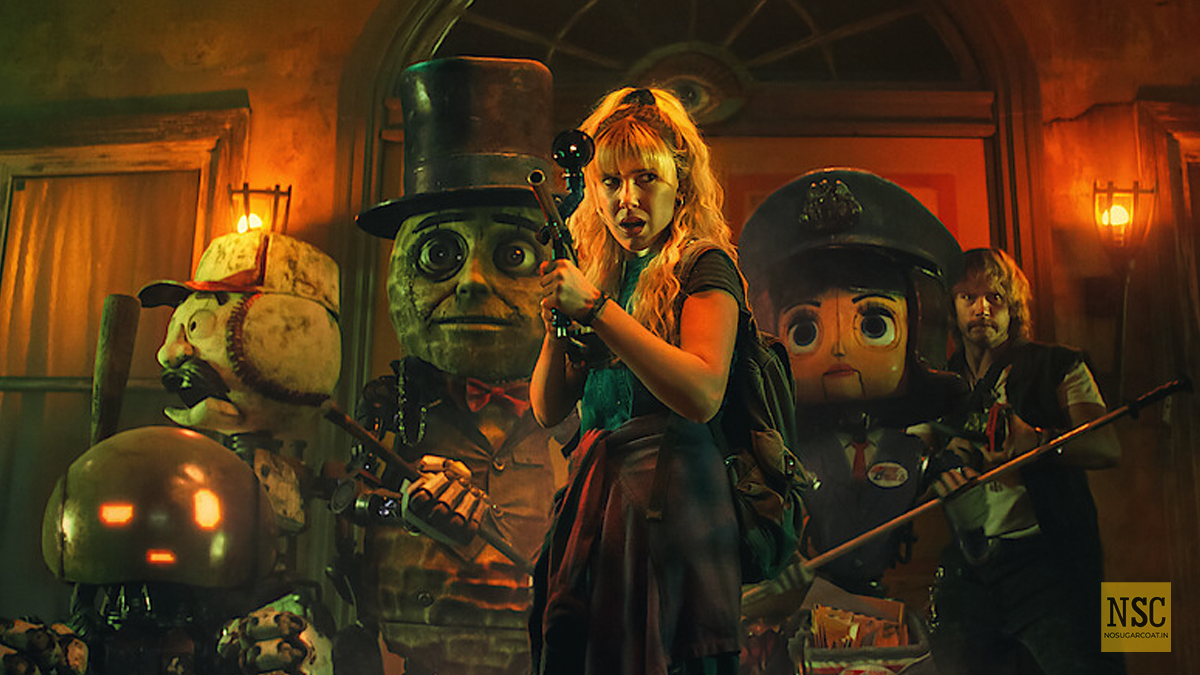
Road Trip Through Ruins: A Plot Overview
Michelle’s journey unfolds across an eerie, post-industrial America littered with:
- Crashed war drones
- Abandoned VR headsets
- Empty towns stuck in technological stasis
She’s searching for her older brother, Christopher, who vanished after working with tech conglomerates involved in The Stream—an immersive neural VR platform initially designed for entertainment but later weaponized.
Along the way, Michelle’s companion—a clunky, loyal robot—serves as her emotional anchor in a world where most humans have checked out, mentally and emotionally.
Cast & Characters: Who Brings This World to Life?
Main Cast:
- Millie Bobby Brown as Michelle
- Chris Pratt as the voice of the yellow robot
- Giancarlo Esposito as a Stream scientist with a dangerous secret
- Stanley Tucci, Brian Cox, Ke Huy Quan in supporting roles
Each actor brings understated gravity, allowing the visuals and emotional undercurrents to take center stage.
A Visual Masterpiece: World-Building & Aesthetic
Visually, The Electric State draws straight from Stålenhag’s original artwork—think:
- Desaturated color palettes
- Towering, rusted-out robots
- Wired-up corpses connected to glowing VR gear
- 1980s-meets-futurism tech
It’s a world where time feels frozen, and the future is already obsolete.
If you liked the haunting stillness of “Annihilation” or the lonely melancholy of “Blade Runner 2049”, this film will hit the same emotional chords.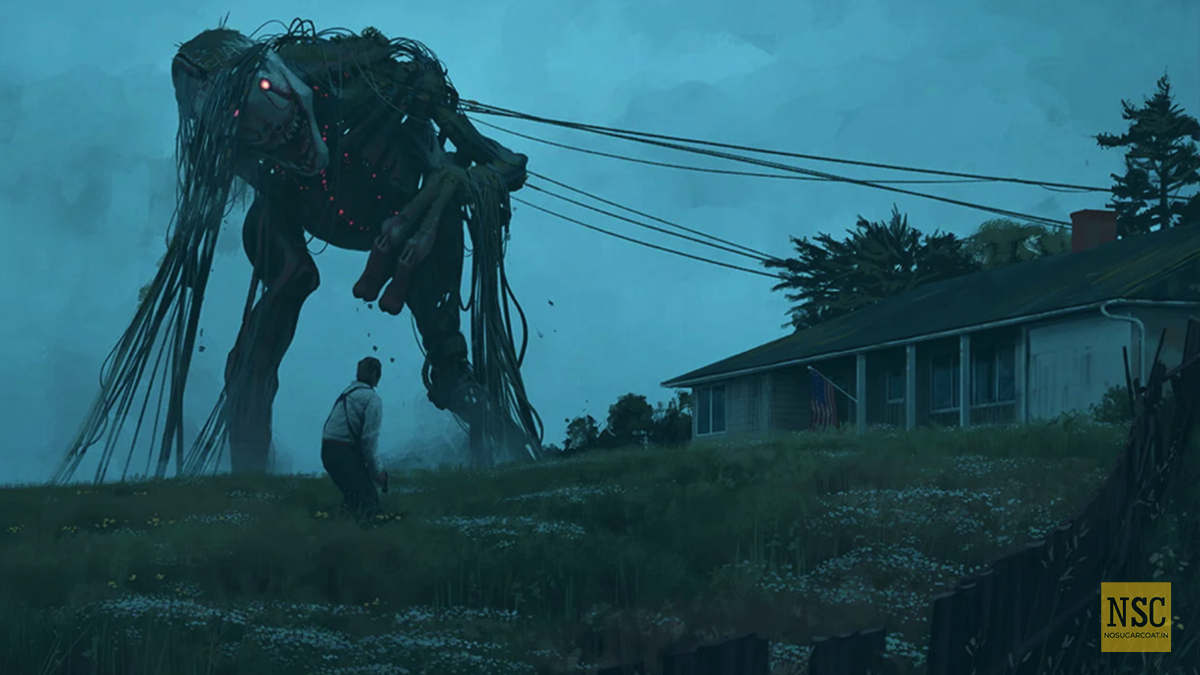
Major Themes in The Electric State
1. Escapism in the Age of Machines
The Stream, a VR platform, promises a better world inside your mind. But that escape comes at a price—a complete disconnection from reality.
It’s a bold allegory for our current obsession with digital spaces—from social media filters to AI-generated relationships.
2. Grief and Memory
Michelle’s journey is driven by grief, hope, and the desperate need to hold onto her brother, who might not be the person she remembers anymore. The movie explores how technology can both preserve and distort memories.
3. The Collapse of the American Dream
Once a land of endless innovation, the film’s America is now a graveyard of failed tech and broken promises—a brutal commentary on corporate greed and unchecked AI development.
4. Robots as Emotional Proxies
Michelle’s robot doesn’t talk much, but its loyalty, protectiveness, and subtle body language serve as a vessel for human emotion. It becomes a surrogate for family in a world where family has all but vanished.
 How The Electric State Compares to the Book
How The Electric State Compares to the Book
The film remains largely faithful to Simon Stålenhag’s 2018 visual novel, but it expands on:
- The Stream’s backstory
- The emotional arc of Michelle and her brother
- World-building beyond just visuals
The book is sparse and atmospheric. The movie fills in emotional and narrative blanks, giving us a deeper character study without losing the dreamlike surrealism of the original art.
Will There Be The Electric State 2?
Right now, there’s no confirmed sequel—but the signs are promising.
Reasons a Sequel Could Happen:
- The World is Rich for Expansion
We’ve only seen Michelle’s story. What about others trapped in The Stream? Or the people trying to rebuild society? - Simon Stålenhag’s Universe is Growing
His other works like Tales from the Loop and Things from the Flood have already been adapted into anthologies. More stories are likely. - The Russo Brothers Think Big
These directors love world-building. If the film performs well, they could spin it into a trilogy, a series, or even a cinematic universe.
Possible Plot for Part 2:
- Survivors fighting back against the remnants of The Stream
- A deeper dive into Michelle’s life after her journey
- Flashbacks to how The Stream was created and corrupted
Movie Review: The Electric State – A Breathtaking Tale of Robots, Resilience, and Raw Emotion
How the Movie Ends (Major Spoilers Below!)
The Electric State Ending Explained
After following breadcrumbs across America, Michelle finally discovers her brother in a hidden facility—but he’s no longer truly alive. His body is on life support, his mind permanently uploaded into The Stream.
This is the brutal twist: he didn’t just disappear. He chose to live in a simulation forever, escaping a world he couldn’t cope with.
Michelle is offered the choice to leave him plugged in or to disconnect him—knowing it will end his life. In one of the film’s most emotionally devastating moments, she says goodbye and pulls the plug.
It’s not just a death—it’s the moment Michelle accepts the finality of grief and the cost of living in the real world.
She walks away, robot by her side, into a world that’s still broken but at least real. It’s a quiet, powerful ending—a reminder that healing doesn’t come from escape, but from acceptance.
Final Thoughts: A Masterpiece Worth Watching Twice
The Electric State isn’t just a movie—it’s a soulful exploration of grief, memory, and what it means to live in an age where technology offers both salvation and ruin. It doesn’t preach. It whispers. It lets the quiet moments breathe.
Whether or not a sequel is made, Michelle’s journey leaves a permanent imprint—one that will have you reflecting long after the credits roll.

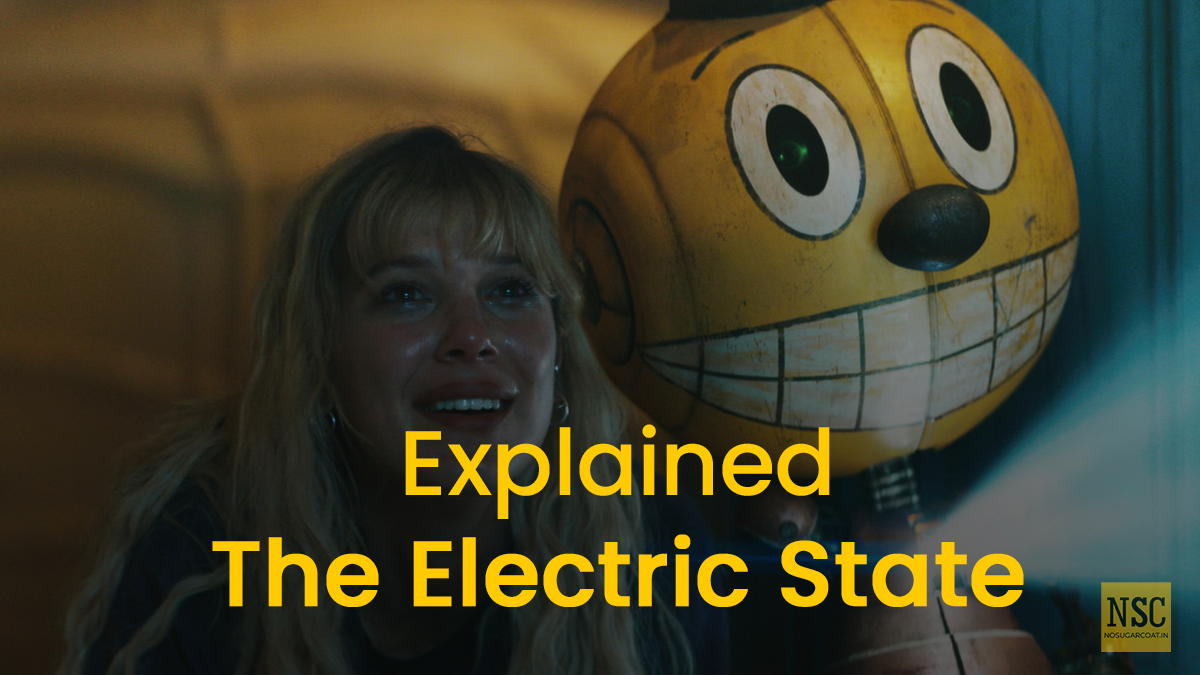
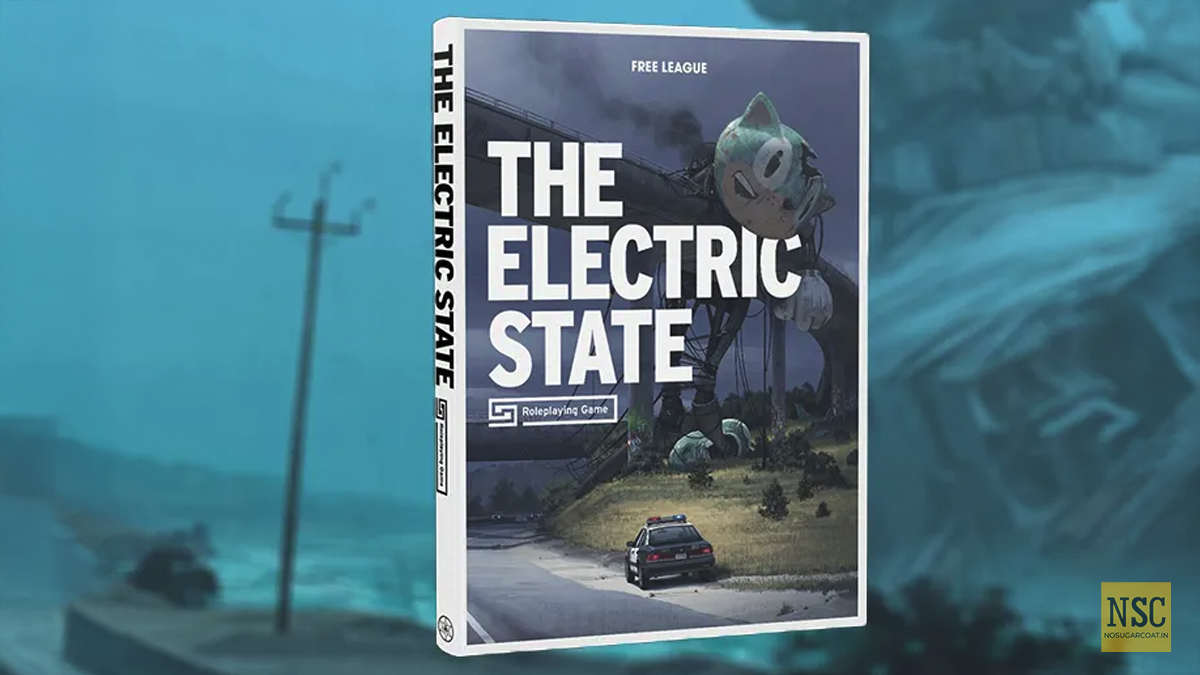 How The Electric State Compares to the Book
How The Electric State Compares to the Book


